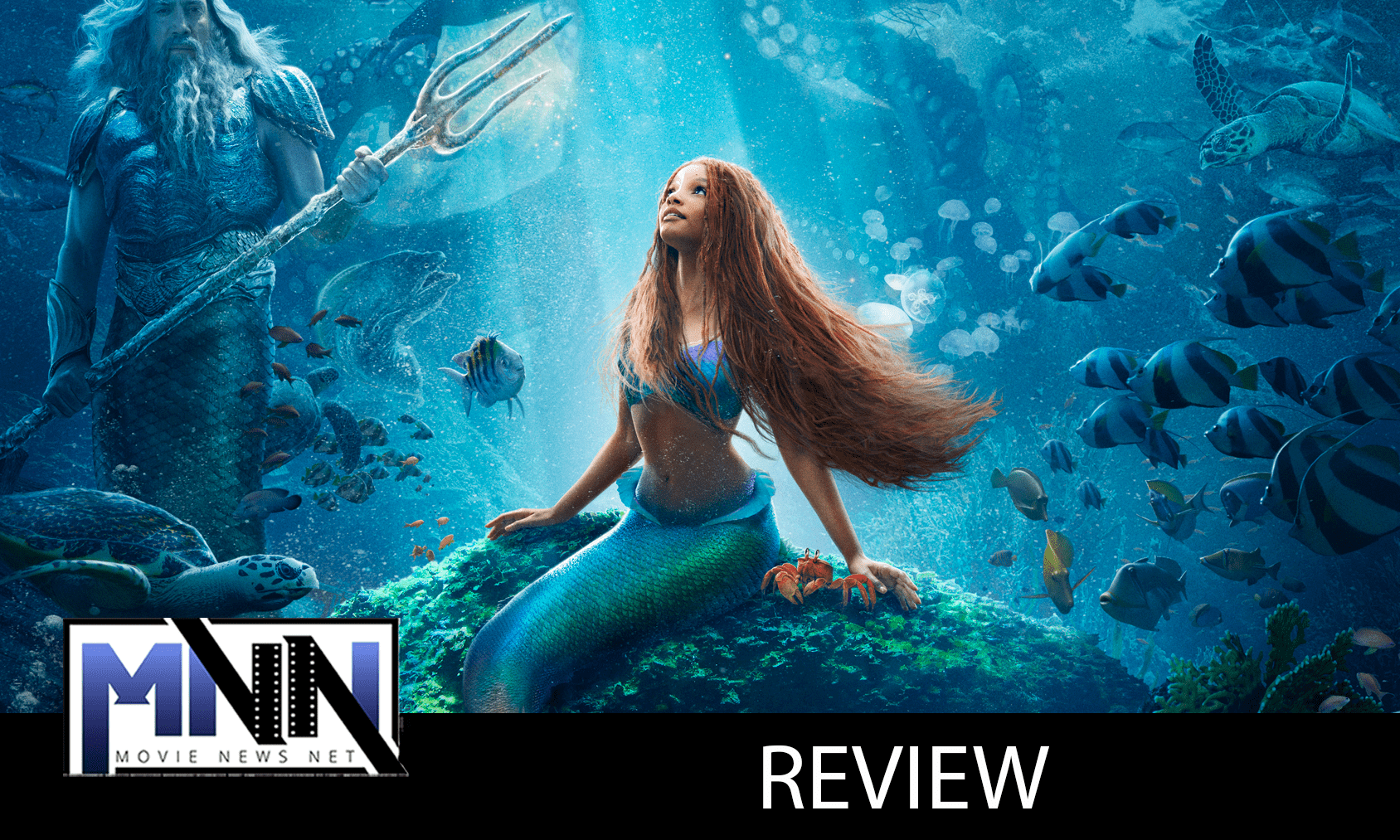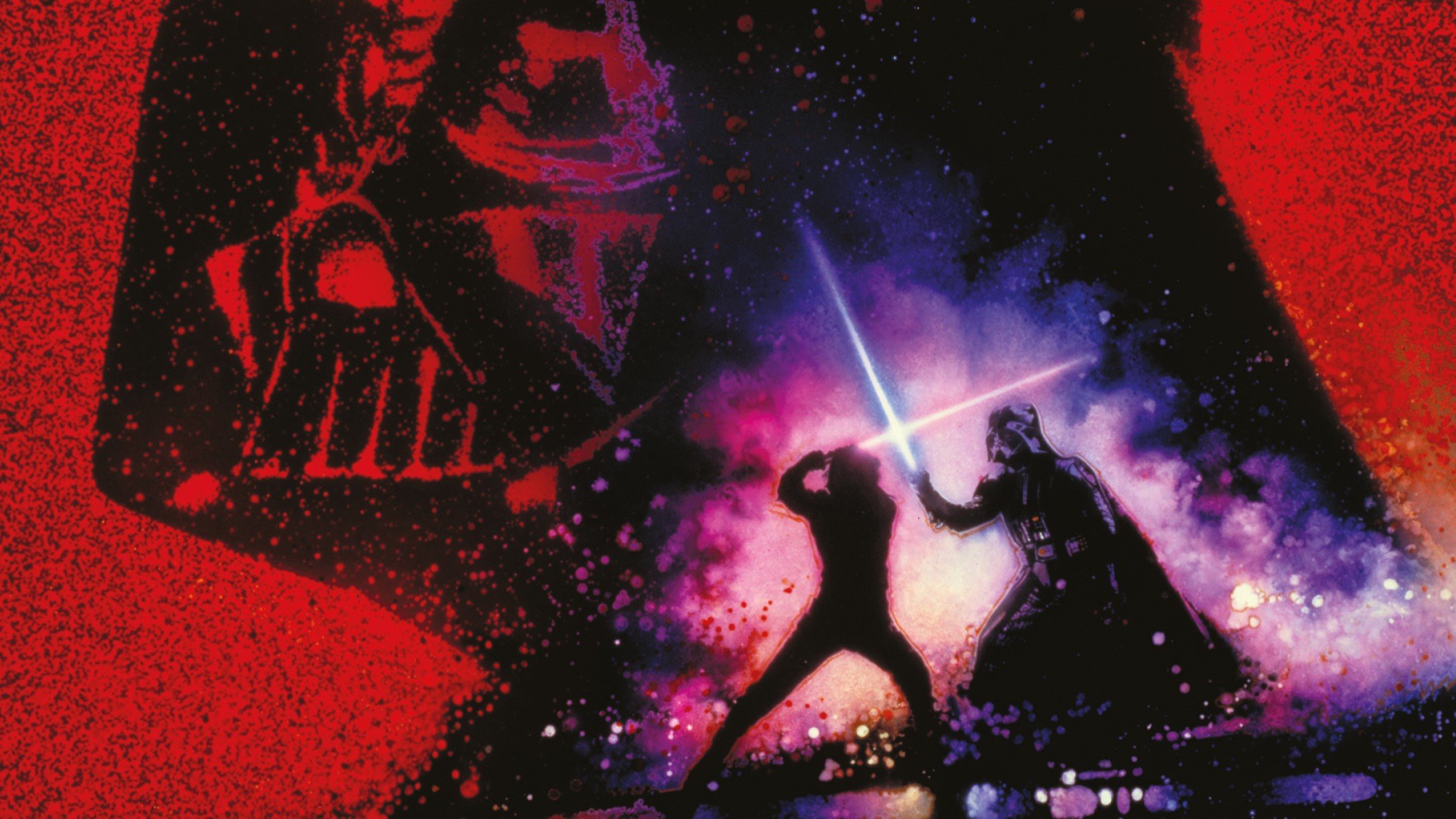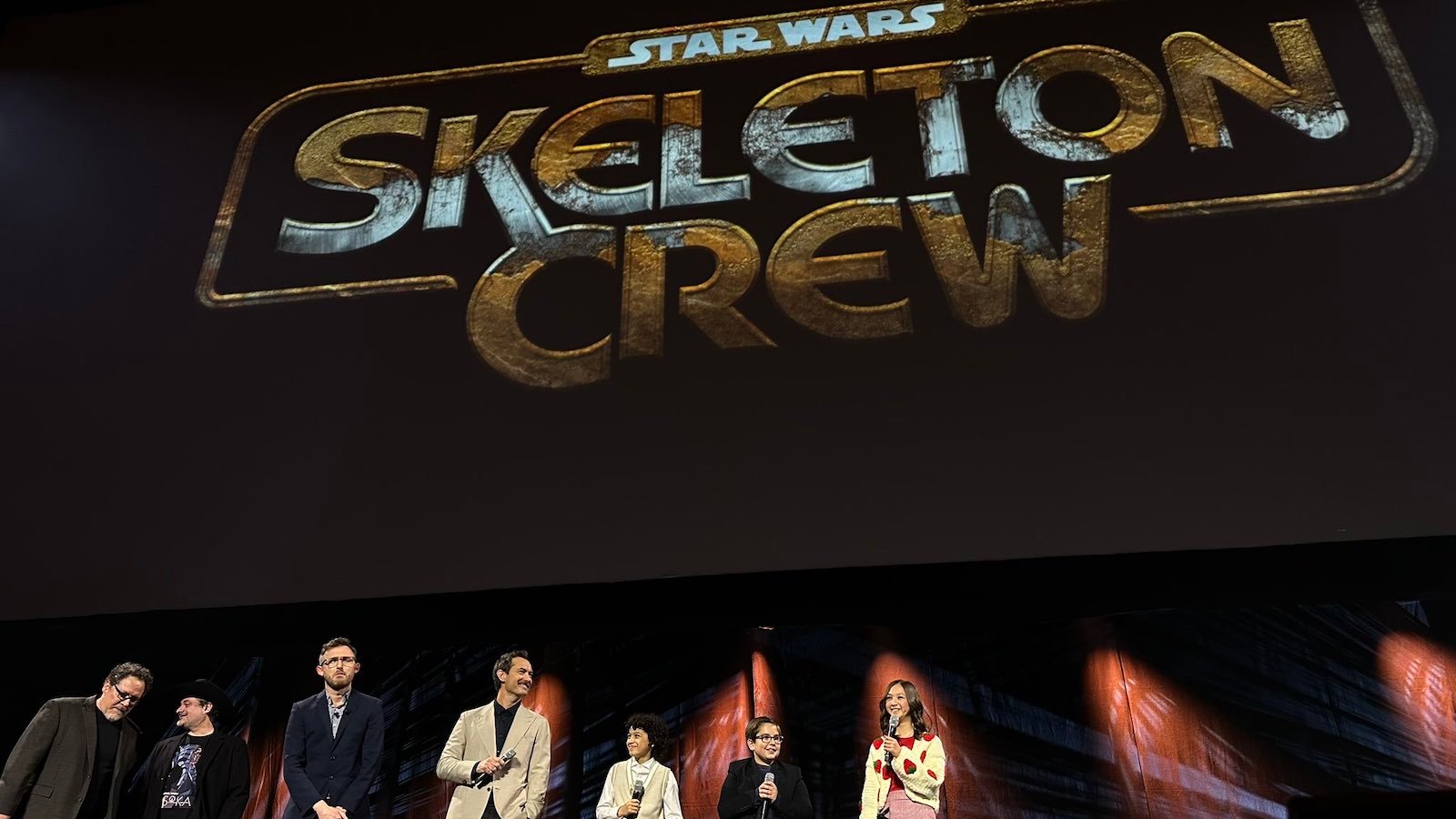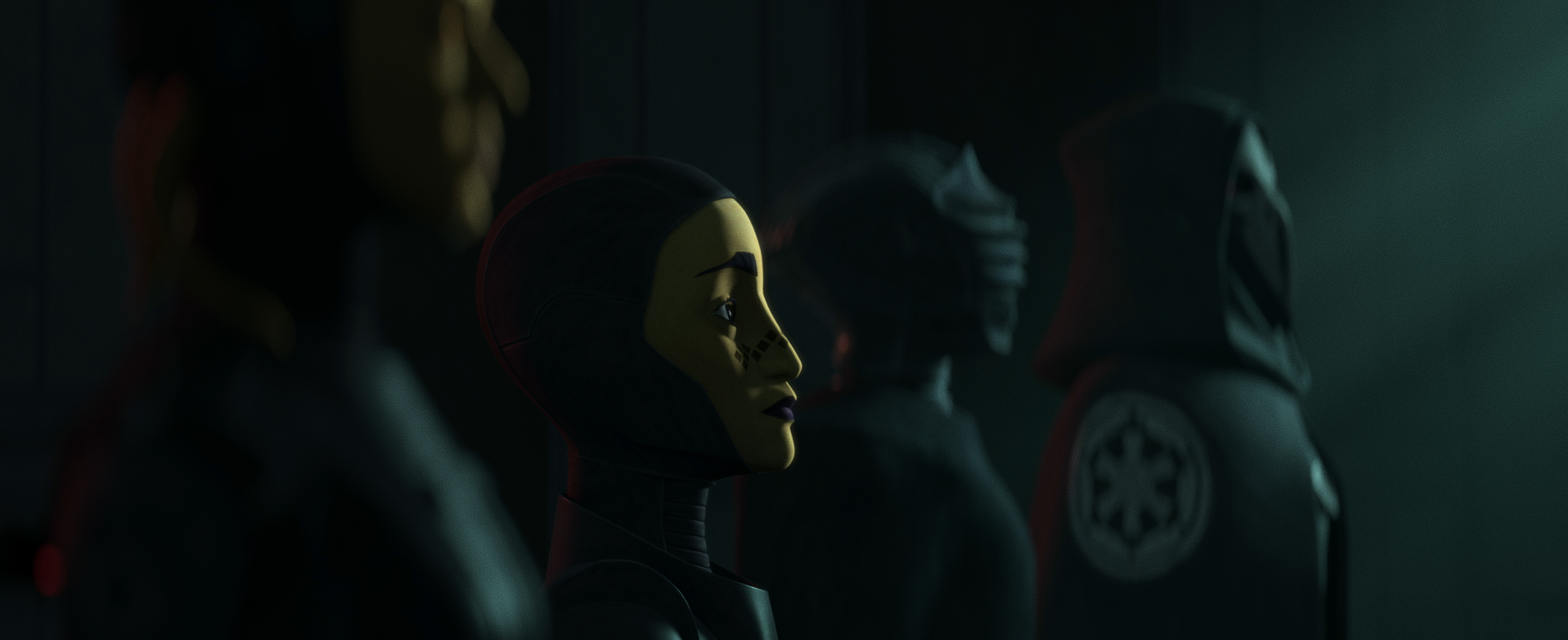‘The Little Mermaid’ Review: Disney Plays It Safe With Latest Live-Action Remake, for Better and Worse
Much like most of Disney’s roster of live-action remakes of animated classics, Rob Marshall’s The Little Mermaid presents an interesting challenge when it comes to fair discussion and criticism. It’s a reasonable request from filmmakers that their latest project is judged based on its own merits and not on how it compares to anything that came before it. And yet, when it comes to films like these, it’s almost as if what they are asking is quite the opposite, and almost saying to the audience “Did you see how I did that differently?” In the case of the Halle Bailey-led remake, that question doesn’t exactly have a long answer.
However, I will try to honor the work behind the new film by not pivoting against its predecessor. Of course, it works to my benefit that it’s been a minute since I’ve seen the 1989 animated film, and besides remembering a few of its catchy songs, I’m not particularly attached to its plot beats and would not be offended by any deviation from the previous story, which for the most part played as I remembered. And that’s one of the main issues with Marshall’s approach — that he decided to play it (extremely) safe. After seeing what he did with 2018’s Mary Poppins Returns, it seemed like a foregone conclusion what he would bring to the Little Mermaid table, and he definitely delivered on that promise.
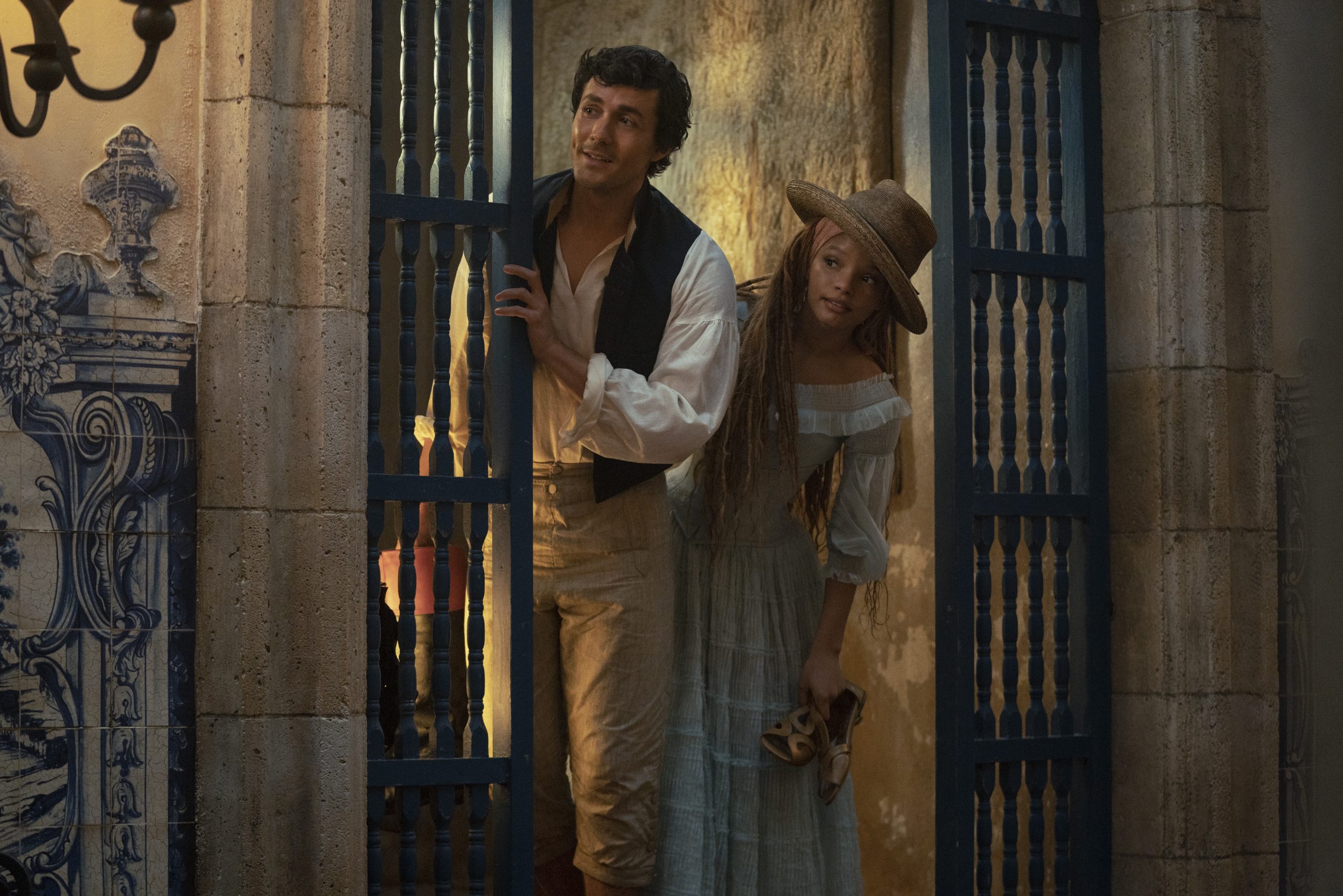
(L-R): Jonah Hauer-King as Prince Eric and Halle Bailey as Ariel in Disney’s live-action THE LITTLE MERMAID. Photo by Giles Keyte. © 2023 Disney Enterprises, Inc. All Rights Reserved.
While many might point out the boldness of deciding to cast a non-white actress as a mythological character, the film sets up a lot more promisingly-interesting questions that never has the guts to address. Meet Ariel (Bailey), a coming-of-age mermaid living under the sea, just a couple of leagues off the shore of a fantasy medieval kingdom (and/or island, its actual geopolitical status is never really clear), a place where mermaids’ existence isn’t the only science-defying foundational element, as animals of different species also understand each other and the gravitational pull below the surface of the water is almost as strong as it is above, for some reason. She is the youngest of King Triton’s seven daughters and one who, much like Moana, is called by the line where the sky meets the sea, though in her case it’s about seeing what’s on land.
After she is witness to a shipwreck caused by a storm, she saves the bold and charismatic prince (Jonah Hauer-King) of said kingdom by taking him to the coast, and wakes him up from his nap with her voice — but runs off right before her mermaid tale is seen by the search party looking for him. Her rebellious spirit, once back undersea, takes her to her estranged aunt Ursula, who conjures up a spell to take her to the surface for three days in exchange for her voice.
The Little Mermaid is at its finest when it is able to optimize the assets at its disposal, the greatest of which is Bailey’s voice. Her iteration of “Part of Your World” is one of the highlights of the film, and the second half of the performance, which happens right after Prince Eric wakes up, is by far the most memorable part of the entire movie. It also includes strong performances by Hauer-King and especially Noma Dumezweni as Queen Selina (Eric’s mother, a new character); Javier Bardem as King Triton is very distracting and sometimes scary, but not for the reasons the movie wants him to be, though. Even Bailey, who is not exactly experienced as an actress (though she is as a singer) puts in a solid performance (for the most part at least), which is especially remarkable for her first big role and especially when the first hour of the movie involves interacting almost exclusively with CGI characters.
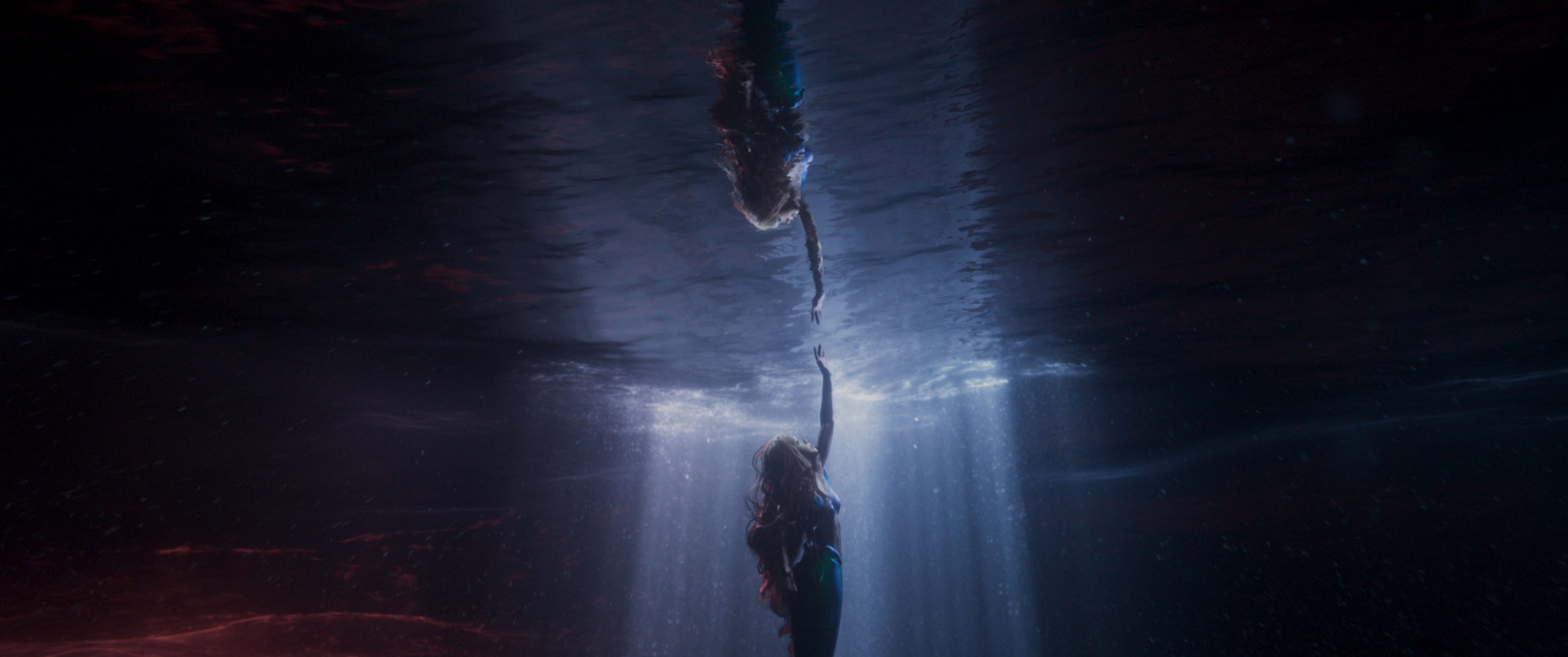
Halle Bailey as Ariel in Disney’s live-action THE LITTLE MERMAID. Photo courtesy of Disney. © 2023 Disney Enterprises, Inc. All Rights Reserved.
But the use of its assets is what also sinks the film at times. For all the nonsense talk that surrounded The Little Mermaid‘s casting back in the summer of 2019, the film could have actually used more of that Disney wokeness (if that’s even a real thing). Ariel’s six sisters are all of different ethnicities and clearly represent different parts of the world. Great idea. Can we explore that a bit more, instead of giving them (quite literally) four lines in total? Even Ariel’s dynamic with her father is quite shallow and the audience’s empathy towards her is reduced to our own relationship with our parents back when we were teens.
But it gets much worse once Ariel emerges out of the water. While the exact time period is unclear, it’s heavily implied the film takes place during the era of colonialism, a time in which having non-enslaved Black people go on their own would raise one or two eyebrows, to say the least. So how do we address the fact that we are going to have a dark-skinned young woman waiting for the prince to decide whether she settles in for her or waits for the one whose voice he actually recognizes? Well, we shall cast a Black woman to play her mother, to emphasize that in this world and in this era, there is no distinction between skin colors.
And that is exactly why the film plays it extremely safe. It’s not about following the same old story or lack of originality by not pursuing new plot threads or iterations of the plot. It’s about not being bold enough to appreciate what they had in front of them, and instead decide to remove all subtleties and go for the straight-to-the-point story, hoping audiences will rally around it. And that’s not to say the movie is bad.
I strongly believe films should be judged on the merits of their story and how they were able to pull it off, but there are specific cases where I believe it’s ok for the audience to ask for a little more. When the 21st-century-set Fast & Furious franchise, for all its flaws, puts together a team (of near-superheroes) of all nationalities and skin colors and never even brings it up, they send the right message. When the 18th-century-set The Little Mermaid attempts to pull off something similar, it backfires.
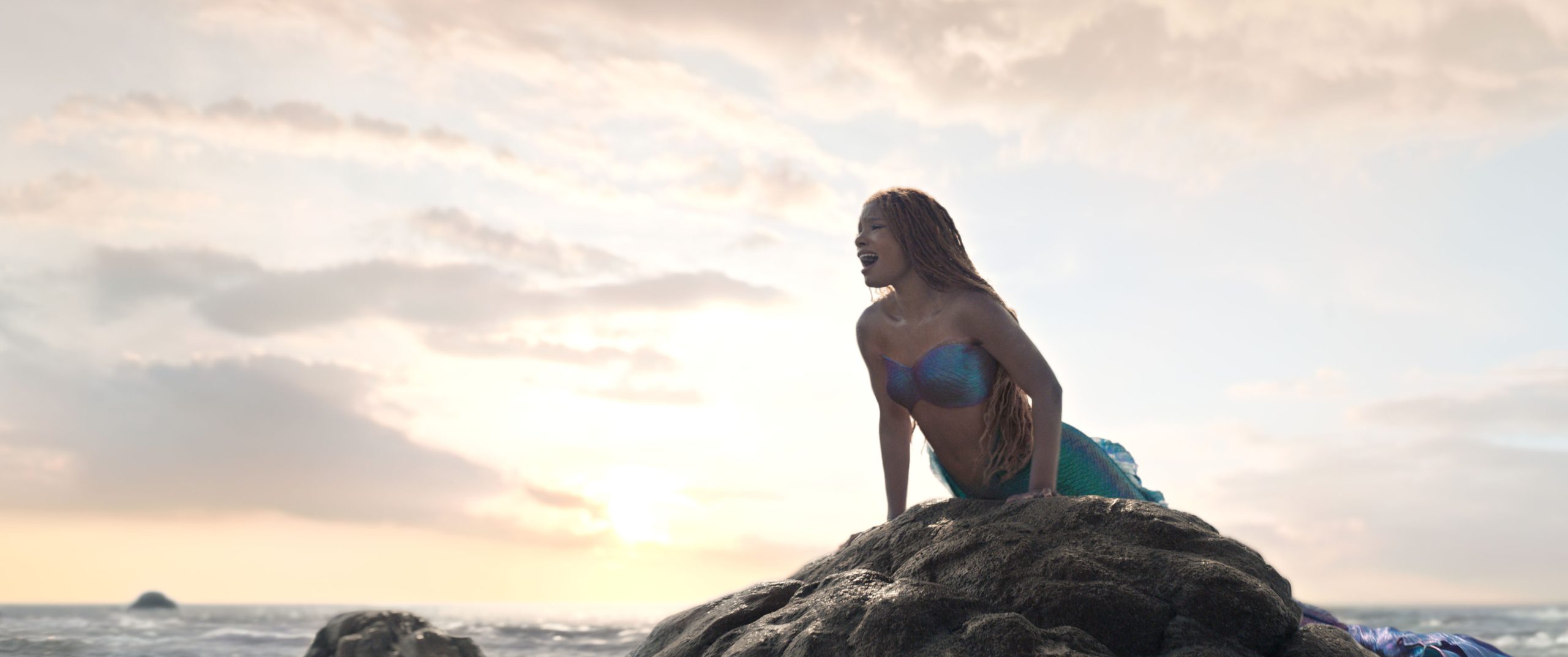
Halle Bailey as Ariel in Disney’s live-action THE LITTLE MERMAID. Photo courtesy of Disney. © 2023 Disney Enterprises, Inc. All Rights Reserved.
So, overall, there is plenty to enjoy about Disney’s latest live-action remake, and in the scale that goes from Pinocchio to The Jungle Book, it probably lies around Aladdin or right beneath Peter Pan and Wendy (don’t hold me to this, I’m making this up as I go). It will likely play very well with kids, who will definitely get a kick out of Daveed Diggs’ Sebastian (who definitely steals the movie); and for what it’s worth, its lack of message regarding racial differences at the time might be just the right message to send kids, and make sure they know this is how the world should look like. It’s probably just me, watching as an adult, and wishing they would have acknowledged how the world actually was.
The Little Mermaid is currently playing in theaters worldwide.
Miguel Fernández is a Spanish student that has movies as his second passion in life. His favorite movie of all time is The Lord of the Rings, but he is also a huge Star Wars fan. However, fantasy movies are not his only cup of tea, as authors like Scorsese, Fincher, Kubrick or Hitchcock have been an obsession for him since he started to understand the language of filmmaking. He is that guy who will watch a black and white movie, just because it is in black and white.

